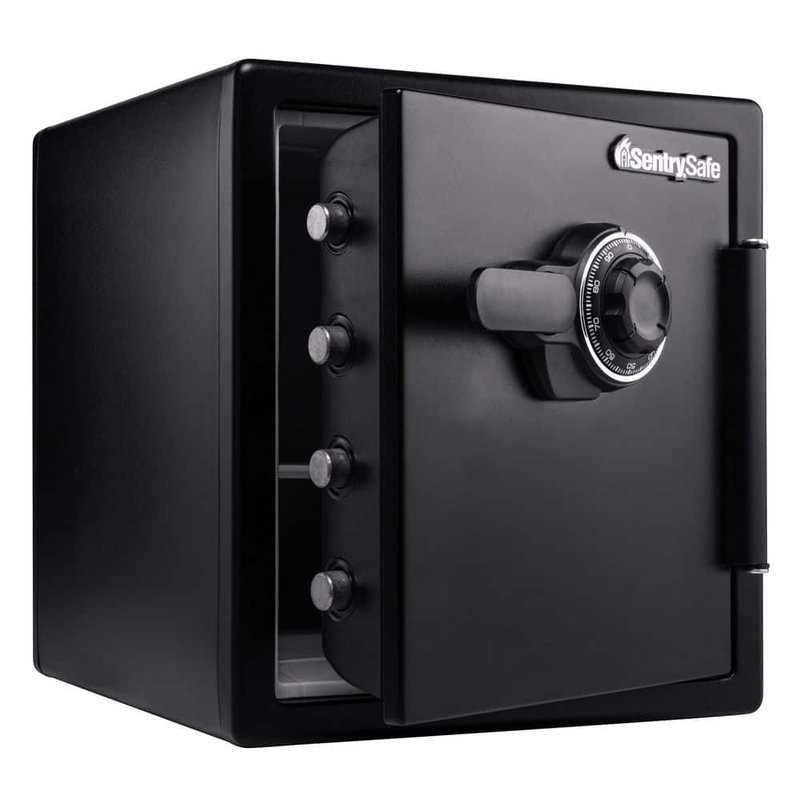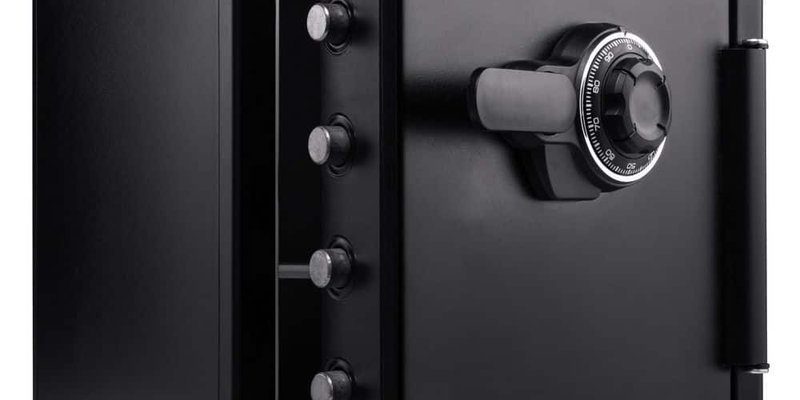
First off, an “Error Code E1” is like a distress signal from your oven. It’s trying to tell you something isn’t quite right. Imagine your oven as a ship and the code as a flag indicating there’s trouble onboard, but it doesn’t necessarily mean the ship’s about to sink. Generally, error codes in ovens are designed to alert users to a malfunction or an issue that needs attention. Much like a smoke detector chirping when the battery’s low, it’s a call for maintenance rather than a full-blown emergency.
Understanding Error Code E1 on GE Ovens & Ranges
Error codes are used by modern appliances to communicate problems to users. In the case of GE ovens and ranges, E1 is typically related to a problem with the temperature sensor or a connection issue. Think of the temperature sensor as the thermometer of your oven. Just like when you’re feeling unwell and check your temperature, the oven uses this sensor to monitor its heat levels. If this thermometer is off-kilter or disconnected, the oven cannot accurately gauge its internal temperature, possibly leading to uneven cooking or other issues.
The E1 error could also mean there’s a loose connection, like a wire that’s come undone. Similar to how your phone cable needs to be securely plugged in to charge, the oven’s internal connections must be intact for everything to function smoothly. These issues usually arise from wear and tear, just like how an old pair of shoes might start showing signs of damage over time.
So, what should you do when faced with this error? First things first, don’t panic. Most often, a simple reset or troubleshooting can resolve the issue without much fuss. Let’s delve into those steps next.
Steps to Troubleshoot Error Code E1
When faced with an E1 error, the first step is to try a soft reset. Think of it as rebooting your computer when it freezes. To do this, turn off your oven or range, unplug it from the power source, and wait for about five minutes. This gives time for any temporary glitches to clear up. Then, plug it back in and turn it on to see if the error has resolved.
If the error persists, the next step is to check the temperature sensor. This might feel a bit like being a detective. You’ll need to locate the sensor, which is usually at the back of the oven, resembling a thin metal rod. Ensure it’s connected correctly, as loose wires can often be the culprit. A simple wiggle test can indicate if there’s a connection problem. If you’re unsure or uncomfortable with this step, it’s wise to call a professional technician for help.
In cases where these steps don’t resolve the issue, the sensor itself might need replacement. While this sounds daunting, it’s akin to changing a light bulb—something you can do with a little guidance or with the help of a technician.
Is It Safe to Continue Using the Oven?
Here’s the deal: operating an oven with an active error code, like E1, isn’t ideal. It’s like driving a car with the check engine light on. While it might not be immediately dangerous, it’s best not to risk it for long. An error could lead to uneven cooking or, in rare cases, overheating, similar to how a car engine could overheat if not addressed.
Safety should always come first. If you need to use the oven and a reset didn’t work, keep a close eye on it. Avoid leaving it unattended until the issue is resolved. If you’re planning a big cooking session, it might be wise to use alternative cooking methods, like a microwave or a stovetop, until you’re sure the oven’s back to normal.
Preventative Tips to Avoid Future Errors
To prevent future headaches, regular maintenance is key. It’s like keeping your car tuned up to prevent breakdowns. Regularly check your oven’s connections and keep the sensor clean. Dust and grease build-up can sometimes interfere with operation, just like a gummed-up engine can cause car troubles.
Consider having a professional look at your appliance annually. Much like having an annual physical helps catch health issues early, a technician can spot potential problems before they become error codes.
In conclusion, the E1 error code on your GE oven or range is more of a helpful alert than a cause for panic. With a little bit of troubleshooting and regular maintenance, you can keep your appliance running smoothly and safely. If all else fails, don’t hesitate to reach out to a professional for peace of mind and to ensure that your beloved kitchen helper returns to top form.
